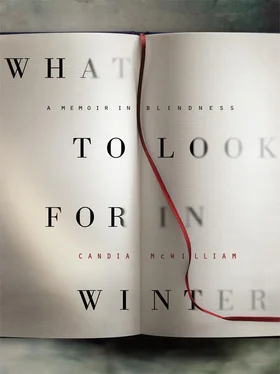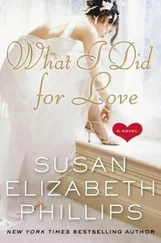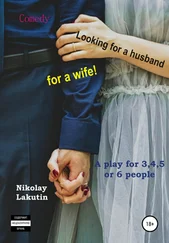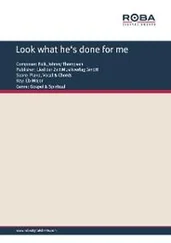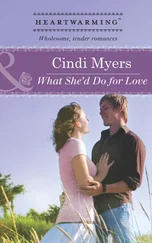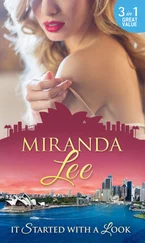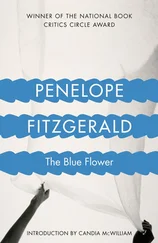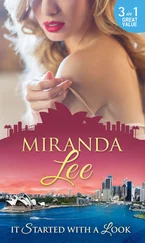Jane was a brave talker; during my cosy illness I listened spellbound to her stories of home and family. It was another kind of falling in love, and a kind I was used to. I was falling in love with a family. The parents, whose real names were Jinny and Euan, were known as Mummy and Papa (pronounced Puppa). The parents were young, busy, and alive. The mother wrote weekly letters to her daughters and sons. These letters were spicy with adventure and displayed a dashing tone that made of any material whatsoever an excellent story.
After some sniffing, because we were both used to sitting at the top of the class, Katie and I became the sort of inseparable that maddens adults. We remain so today, though were we to meet now at the age we are we might not care one bit for what we saw. She is practical, carries no fat and mistrusts display of or reference to emotion; she loves Hornblower , Patrick O’Brian, Nevil Shute, Alastair MacLean, The Lord of the Rings and Melville. I’ve read Moby-Dick only since I’ve been blind, and loved it. I am fond of HMS Ulysses and A Town Like Alice for love of Katie. We both dote on James Bond. She is a Bond girl type, too, and can quote pages of the sacred texts. I’m just asked to write forewords to them, that no thriller reader in his right mind would read.
Unlike Katie, I am not in practical terms resourceful, and am trying continually to put a name to emotion since I have discovered that apparently to suppress it makes you go blind. Katie is beautiful. Her father, whom soon I too was calling Papa, is partly Native American. His great-grandfather married a Cree. All the children, even blonde Emma, carry the stamp. Caro, who has married a Neapolitan and ‘become’ Italian, looks entirely Mediterranean till you look for what it is that makes her so. It’s the flashing teeth, the gesticulations, the mobility yet grandeur of feature, as though a pagan goddess spoke. She is taller than most Italians. So you see that several generations down, the consequences of this union with the Cree are apparent; perfect white teeth in wider mouths than human, almost lupine, intolerant eyebrows, flashing eyes, long bones, narrow pelvises, weirdly semaphoric flat-handed hand gestures, and a capacity to start bonfires with no materials but moss and flint.
For reasons that I don’t understand, fraternising between the school’s houses was not greatly encouraged; Jane, Katie and Caro were in a different house from me. I was in a house with a name I still only cautiously comprehend, Aldhelmsted East (it’s something to do with the ontological argument), which was over a bridge from the rest of the school. Katie and I were both passionate fans of a substance called junket, made with milk and rennet, an enzyme extracted from the stomach of calves. We made it in jam jars that we carried across the bridge in the pockets of our green tweed cloaks as gifts for one another. This is how our life has gone on to this day, carrying incomprehensible but to us amusing messages over whatever obstacle life has put in our way.
The dark star of the school was our friend Rosa Beddington, who was on her mother’s side a Wingfield-Digby. This family, who live at Sherborne Castle, had founded the school, so Rosa, in spite of her chain-smoking and early and dramatic effect upon men, became Head of School until she was demoted for being seen ‘drinking shorts in male company’. Rosa had grey hair when she was twelve and I was sitting behind her in Latin, which was one of the very few things she could not do, though she would have been able to had she decided that she approved of the subject. Like almost every femme fatale I have known, Rosa made no effort with men. She had a vocation and she fulfilled it. She became one of the very few female fellows of the Royal Society, shortly before she died aged forty-five, of cancer that had eaten every bit of her except her daily-fumigated lungs.
It is hard to know where to start with Rosa since it is a story of extreme compensation for absences. Her beautiful mother had been an Olympic equestrian and killed herself when Rosa was very young. Rosa lived with and was raised by devoted cousins who became mother and father to her. Her father, with whom she felt furious, came of a distinguished Anglo-Jewish family. Ada Leverson, Oscar Wilde’s Sphinx, was a distant relation. Her father was a competent painter and so was Rosa, who was also an observant draughtsman, which was one of the things that made her a unique microbiologist, since she could draw what she saw through the electron microscope and she saw more than had been seen before about the processes of cell development in embryos. Rosa’s father published several books, including a tribute to his Labrador, Pindar: a Dog to Remember .
I was with Rosa when she was told that the cancer that had been in her breast was now in her brain. We were in the old Radcliffe Infirmary in Oxford. Her husband Robin, who had already lost one wife to cancer, had rung me up and told me to go to Rosa right then. I got to her in time to hear a smartly dressed Australian lady doctor saying to Rosa, a young-looking woman with long silver hair, terrific curves and a moonstone on her hand,
‘You’re bright, so you must know it’s curtains.’
Rosa sent me out for two bottles of red and two packs of Dunhill. She lifted her booted legs on to the narrow hospital bed, crossed them at the elegant ankle, and lit up.
For the rest of her life, Rosa railed against the fact that because she had ‘Doctor’ before her name, other doctors presumed that she had no feelings. Not that she was railing on her own behalf, but on that of patients who weren’t even doctors; how did the doctors treat them ?
In her dying months Rosa made a freehand and exact botanical tapestry that would cover a good-sized double bed. Every stitch was an act of will. Its ground is black, the most difficult of all colours in which to sew large areas. Yet not the tapestry but Rosa was being nightly unmade. She did tell me she was well in her dream-life but at the end she fought angrily with some apparition that made itself felt at her deathbed, perhaps her father, turning up at the last.
Rosa made a surprising schoolgirl because of her poise, deep voice, and innate aversion to wasting time. It’s pointless to speculate whether she knew she had to cram more into less time. She was a superb drinker. Hard spirits had no perceptible effect upon her; they certainly reinforced her already devastating effect on any man in her vicinity. She was drawn to much older men of powerful intellect. She is the only woman I know to whom a man has sent an entire antique ruby parure after only one meeting. Years later he shot himself, on Valentine’s Day. Rosa was fundamentally, and realistically, sad, which lent her a gunpowdery vivacity. Rosa also became attached to the Howards; large families have this fuzzy magnetic edge that pulls in others. The Howards deeply loved her. Her gap is shaped like that of a sibling in many lives. To and in her profession her gap is incalculable.
Rosa’s personality was in torsion, her character silver threaded with steel. Its quality was recognisable in her person, in her writing, in her work, and in the calibre of the men who loved her. Her widower, Robin Denniston, is more than twenty-five years her senior; it is cruel. Still he writes and still he reads and still he lacks her company.
At her end, it was not Katie or me whom Rosa and her body’s dying animal needed, but our other close schoolfriend, Emma, who has inherited from her own mother the gift of healing hands. She helped Rosa to peace and comfort by her presence and her touch as Rosa neared her death.
Emma’s mother wears a lipstick called Unshy Violet and is named Kiloran after a bay on the island of Colonsay. Emma is called Emma Kiloran. The name of the Laird who gets the girl in the Powell and Pressburger film I Know Where I’m Going is also Kiloran. In the film he is considerably less glamorous than Papa, who is first cousin to Emma’s mother. Emma’s mother remembers children’s parties given by Nancy Astor at Cliveden, where the children had a little parade of shops and went ‘shopping’ with their own paper bags. Over eighty, she can still touch her toes, is a corking dancer, and mother of six. My first term at Girton, Emma’s mother took me out to lunch with her own godmother, who was Kipling’s daughter, Elsie Bainbridge. She was wandering in her mind and I was no help, very likely wandering in my own. Kiloran held things together. It is what she does.
Читать дальше
